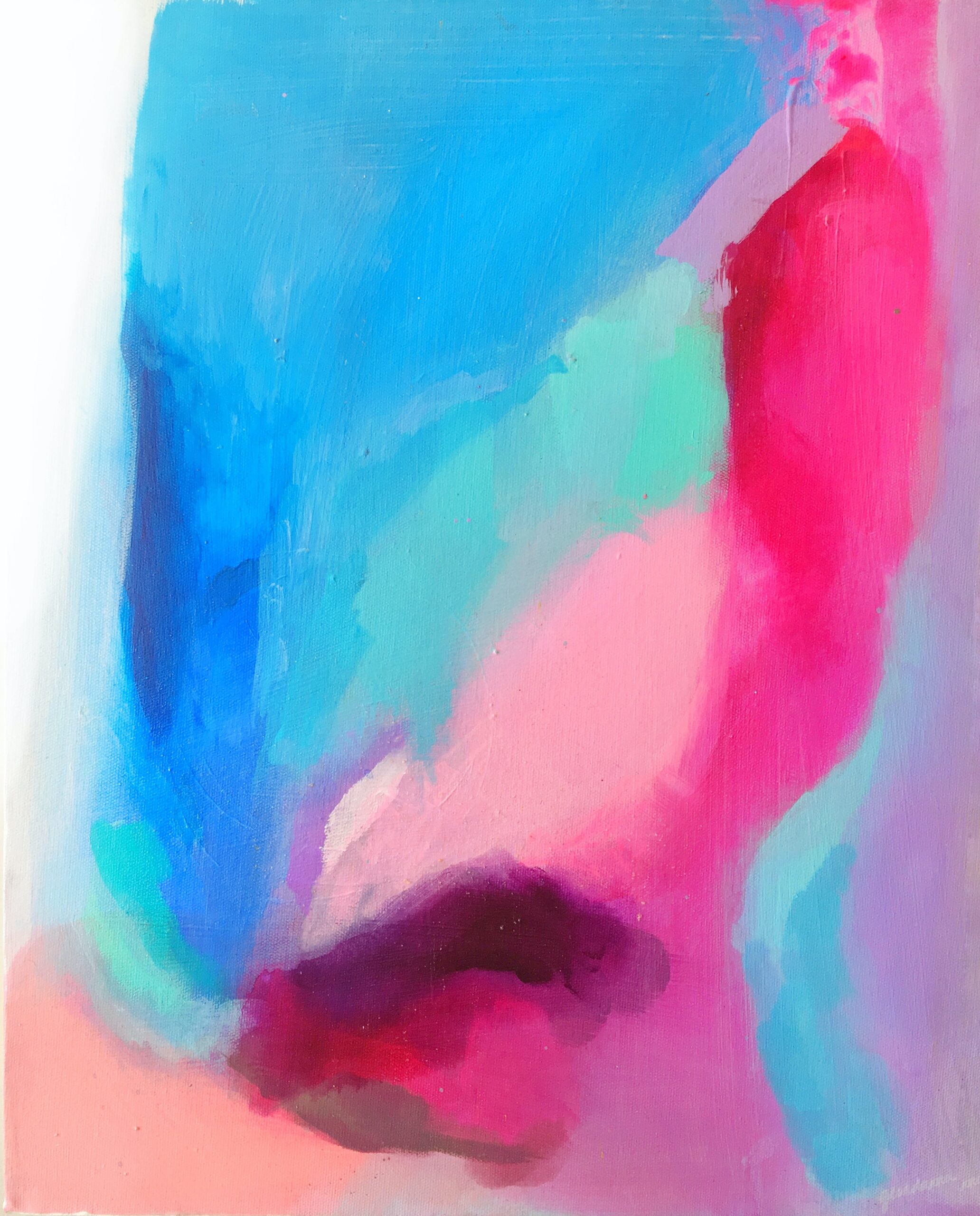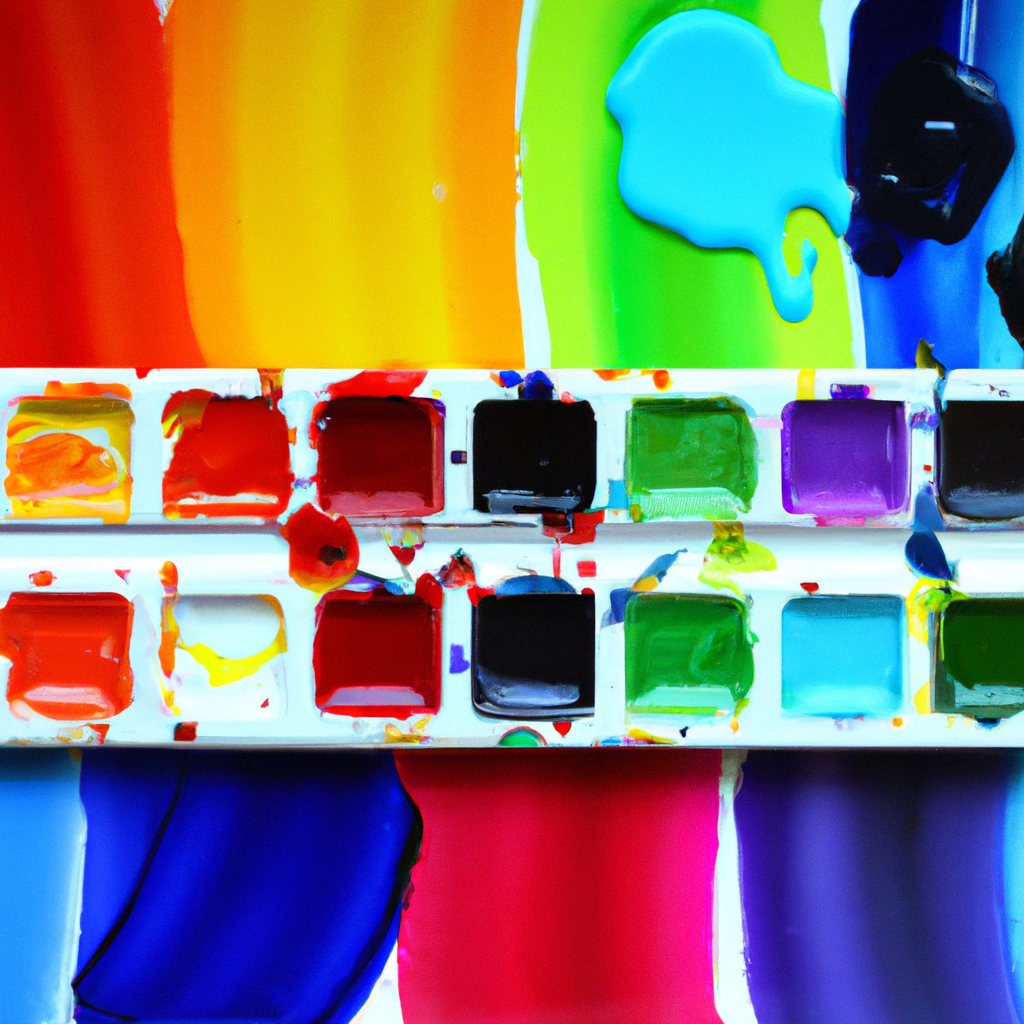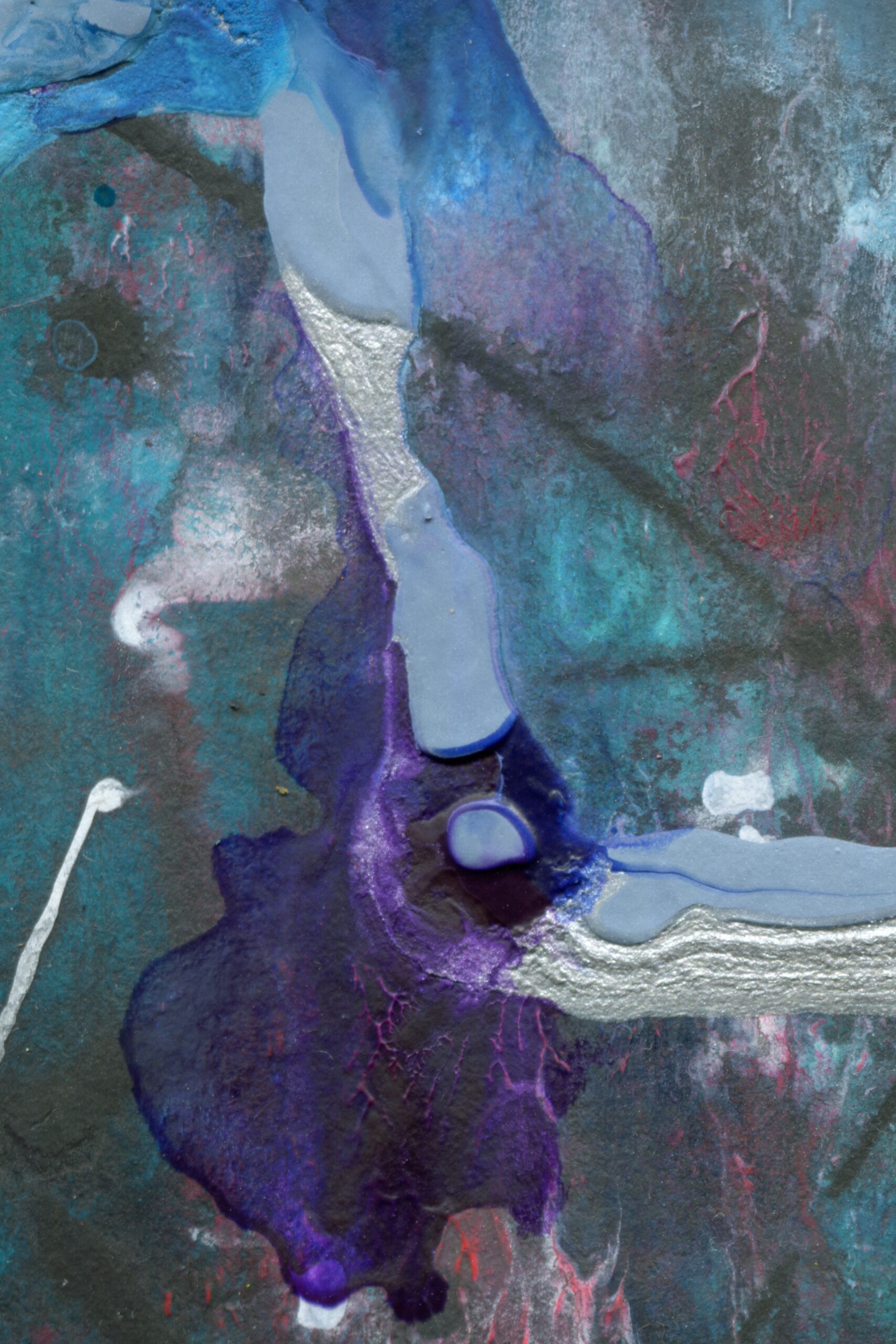When it comes to creating beautiful gouache paintings, selecting the right surface is crucial. The surface you choose can greatly impact the final outcome of your artwork, influencing factors such as color vibrancy, texture, and overall durability. In this article, we will explore the various options available for gouache painting surfaces and provide you with essential guidance to help you make an informed decision. Whether you are a beginner or an experienced artist, understanding the importance of selecting the perfect surface for your gouache paintings is essential for achieving the desired results.
1. Understanding Gouache Paintings
1.1 What is Gouache?
Gouache is a versatile and unique type of paint that is known for its opaque and matte finish. It is similar to watercolor, but the pigments used in gouache are larger and more opaque, giving the artwork a more vibrant and bold appearance. Gouache paints are made by combining pigment, binder, and water, resulting in a smooth and creamy consistency that is easy to work with.
1.2 Properties of Gouache Paints
Gouache paints have several distinctive properties that make them ideal for certain artistic techniques and styles. One key property is their opaque nature, which allows artists to layer colors without the need for extensive drying time between layers. Additionally, gouache paints have excellent covering power, meaning that they can effectively hide any mistakes or inconsistencies in the artwork. This makes gouache a forgiving medium, especially for beginners who may need to make corrections as they work.
1.3 Advantages of Gouache Paints
There are many advantages to working with gouache paints. Firstly, gouache has a quick drying time, allowing artists to work efficiently and complete their paintings in a shorter period. Gouache also has a vibrant color range, with pigments that can be mixed and blended easily to create a wide array of hues. Furthermore, gouache paints can be easily reactivated with water, even after they have dried, allowing artists to make adjustments or modifications to their artwork. Lastly, gouache can be used on a variety of surfaces, providing artists with the flexibility to choose the best surface for their specific artistic vision.
2. Importance of Choosing the Right Surface
2.1 Impact on Color and Texture
Choosing the right surface for your gouache paintings is crucial as it can greatly impact the final appearance and quality of your artwork. Different surfaces have varying levels of absorbency, and this affects how the paint interacts with the surface. Highly absorbent surfaces tend to soak up the paint quickly, resulting in muted colors, while less absorbent surfaces allow for more vibrant and saturated colors. The texture of the surface also affects the overall look of the painting. Rough surfaces may provide interesting texture and brushstroke effects, while smoother surfaces allow for more precise details.
2.2 Longevity and Preservation
Selecting a suitable surface is also important for the longevity and preservation of your gouache paintings. Acid-free surfaces are highly recommended as they are less prone to yellowing, fading, or deteriorating over time. It is essential to consider the archival qualities of the surface you choose, especially if you plan on selling or exhibiting your artwork. Additionally, some surfaces may require additional steps, such as priming or sealing, to protect the artwork from environmental factors or to ensure its longevity.
2.3 Practical Considerations
Aside from the artistic and preservation aspects, practical considerations should also be taken into account when choosing a gouache painting surface. Factors such as portability, ease of use, and the availability of surfaces in various sizes and formats can greatly influence your decision. Consider the specific needs of your artistic process and select a surface that aligns with your working style and preferences. It is also important to consider the cost of the surface, as some options may be more budget-friendly than others.

This image is property of images.unsplash.com.
3. Factors to Consider When Choosing a Surface
3.1 Absorbency
One of the key factors to consider when selecting a gouache painting surface is its absorbency. Highly absorbent surfaces, such as watercolor paper, allow the paint to be quickly absorbed into the fibers, resulting in a more muted and matte appearance of the colors. Less absorbent surfaces, on the other hand, provide a more vibrant and opaque finish. Consider the desired look and effect you wish to achieve in your artwork and select a surface that matches your vision.
3.2 Smoothness and Texture
The smoothness and texture of the surface greatly impact the overall appearance and feel of your gouache paintings. Rough surfaces can add depth and texture to your artwork, while smoother surfaces are better suited for detailed, precise work. Experiment with different textures to find the one that enhances your artistic style and complements the subject matter of your paintings.
3.3 Thickness and Weight
The thickness and weight of the surface are important considerations, especially if you plan on framing or displaying your artwork. Thicker surfaces are more robust and resistant to damage, while lighter-weight surfaces may be more convenient for transportation and storage. Consider the practicality of the surface in relation to the size of your artwork and the intended display method.
3.4 Sizing and Priming
Sizing and priming refer to the preparation of the surface before painting. Sizing involves applying a substance to seal the surface and control its absorbency, while priming involves applying a layer of primer to create an even and stable surface for the paint. Some surfaces, such as watercolor paper, come pre-sized or primed, while others may require sizing or priming before use. Consider the convenience and necessity of sizing or priming based on the specific surface you choose.
3.5 Color and Tone
Certain surfaces may affect the color and tone of your gouache paintings. For example, painting on a warm-toned surface may impart a subtle warmth to your artwork, while a neutral or cool-toned surface may result in a different visual effect. Consider how the surface’s color and tone will interact with your chosen color palette and the overall mood you wish to convey in your artwork.
4. Different Surfaces Suitable for Gouache Paintings
4.1 Watercolor Paper
Watercolor paper is a popular choice for gouache paintings due to its absorbency and versatility. It is available in a range of weights and textures, allowing artists to select a surface that best suits their artistic preferences and techniques. The heavyweight watercolor paper is particularly recommended for gouache as it can withstand the moisture present in the paint without warping or buckling.
4.2 Illustration Board
Illustration board is a sturdy and rigid surface that provides excellent support for gouache paintings. It is usually made of a thick paper or cardboard mounted on a solid backing, making it ideal for creating detailed and intricate artwork. Illustration boards come in various sizes and may be available in both single- and double-sided options.
4.3 Cardboard and Mixed Media Boards
Cardboard is an inexpensive and accessible option for gouache paintings, especially for practice or experimental works. While it may not offer the same archival qualities as other surfaces, it can still provide an enjoyable painting experience. Mixed media boards are another popular choice, offering a versatile surface that can handle a combination of different mediums, including gouache.
4.4 Canvas Panels
Canvas panels are made by attaching canvas to a rigid board, providing a stable surface for gouache paintings. They offer the texture of canvas with the convenience and durability of a panel. Canvas panels come in various sizes and are suitable for both studio work and outdoor painting.
4.5 Wood
Wood is an unconventional but unique surface option for gouache paintings. It offers a solid and durable base with a distinct texture that can add character and depth to your artwork. While wood surfaces require proper preparation and sealing before painting, they can result in stunning and one-of-a-kind pieces.
4.6 Gessoed Masonite
Gessoed Masonite is a type of hardboard coated with layers of gesso, a primer commonly used in painting. It provides a smooth and stable surface for gouache paintings and offers excellent resistance to moisture and warping. Gessoed Masonite is a popular choice for artists seeking a consistent and archival surface for their artwork.
4.7 Natural Fiber Surfaces
Natural fiber surfaces, such as silk, linen, and cotton, offer a luxurious and unique surface option for gouache paintings. These surfaces provide a smooth and delicate texture, allowing for subtle details and refined brushwork. Natural fiber surfaces are often used by artists specializing in botanical art or highly detailed illustrations.

This image is property of images.unsplash.com.
5. Watercolor Paper
5.1 Weight and Texture Options
Watercolor paper comes in various weights and textures, allowing artists to choose a surface that best suits their artistic style. The weight of the paper refers to its thickness, with heavier weights being more robust and less prone to warping or buckling. Textures range from rough to smooth, providing different effects and brushstroke qualities. Experiment with different weights and textures to find the perfect watercolor paper for your gouache paintings.
5.2 Hot Press vs. Cold Press
Hot press and cold press refer to the manufacturing process that creates the texture of the watercolor paper. Hot press paper is smooth and has a fine-toothed surface, making it suitable for detailed and precise work. Cold press paper, on the other hand, has a slightly rough texture that allows for more texture and expressive brushwork. Consider the effect you wish to achieve in your gouache paintings and select either hot press or cold press watercolor paper accordingly.
5.3 Stretching and Taping Techniques
To prevent watercolor paper from wrinkling or warping when wet, it is recommended to stretch or tape the paper before painting. Stretching involves soaking the paper in water and then securing it to a rigid surface, allowing it to dry taut and flat. Taping involves attaching the paper to a support board using artist’s tape. These techniques ensure that the watercolor paper remains stable and flat during the painting process, resulting in a professional-looking artwork.
6. Illustration Board
6.1 Features and Advantages
Illustration boards provide a sturdy and reliable surface for gouache paintings. They are designed to withstand the moisture and pigments present in gouache paints without warping or buckling. Illustration boards offer a smooth and consistent surface, allowing for precise and controlled brushwork. They are also suitable for mounting and framing, making them ideal for professional artwork.
6.2 Types of Illustration Boards
Illustration boards come in various types and finishes, providing artists with options to suit their specific needs. Some illustration boards have a single-sided finish, allowing artists to choose between a smooth or textured surface. Double-sided illustration boards provide the convenience of two different textures on one board. Consider the type of illustration board that best complements your artistic style and techniques.

This image is property of images.unsplash.com.
7. Cardboard and Mixed Media Boards
7.1 Using Cardboard for Gouache Paintings
Cardboard is a versatile and cost-effective option for gouache paintings. While it may not offer the same archival qualities as other surfaces, it can still be a suitable choice for practice or experimental works. Ensure that the cardboard is free from any adhesives or coatings that may affect the adherence and longevity of the paint. Consider using a sealant or fixative spray to protect the artwork and enhance its durability.
7.2 Mixed Media Boards for Versatility
Mixed media boards are specifically designed to handle a combination of different mediums, including gouache. They offer a versatile surface that can withstand the moisture and thickness of gouache paints while providing a stable base for other mediums such as acrylics or collage elements. Mixed media boards come in different sizes and finishes, allowing artists to explore various techniques and styles.
8. Canvas Panels
8.1 Benefits of Using Canvas Panels
Canvas panels offer the texture and feel of traditional canvas while providing the convenience and durability of a rigid surface. They are made by mounting canvas onto a board, creating a sturdy and stable support for gouache paintings. Canvas panels are available in various sizes, making them suitable for both small studies and larger artworks. They are also lightweight and easy to transport, making them ideal for plein air painting.
8.2 Preparing Canvas Panels for Gouache
Before using canvas panels for gouache paintings, it is recommended to apply a layer of gesso or primer to create an even and stable surface. Gesso provides a tooth for the gouache paint to adhere to and prevents any chemical reactions between the paint and the canvas material. Applying gesso also enhances the archival qualities of the artwork, ensuring its longevity and preservation.

9. Additional Surfaces for Gouache Paintings
9.1 Wood as a Unique Surface
Wood provides a unique and unconventional surface for gouache paintings. It offers a solid and sturdy base with a distinct texture that can add character and depth to your artwork. However, painting on wood surfaces requires proper preparation and sealing to prevent the paint from soaking in too quickly or causing damage. Consider using a wood primer or sealing the surface with a layer of gesso to create a suitable painting surface.
9.2 Gessoed Masonite for Durability
Gessoed Masonite is a type of hardboard that has been coated with gesso, a primer commonly used in painting. It provides a smooth and stable surface for gouache paintings while offering excellent resistance to moisture and warping. Gessoed Masonite is highly durable and can withstand the rigors of painting techniques. It is a popular choice among artists seeking a consistent and archival surface for their gouache artwork.
9.3 Natural Fiber Surfaces: Silk, Linen, and Cotton
Natural fiber surfaces, such as silk, linen, and cotton, offer a luxurious and unique option for gouache paintings. These surfaces provide a smooth and delicate texture, allowing for subtle details and refined brushwork. However, painting on natural fiber surfaces requires proper preparation, such as applying a layer of primer or sizing, to ensure the paint adheres well and remains stable over time. Natural fiber surfaces are often chosen by artists specializing in botanical art or highly detailed illustrations.
10. Experimentation and Personal Preference
10.1 Exploring Different Surfaces
As an artist working with gouache, it is essential to explore and experiment with various surfaces to find the one that suits your artistic style and preferences. Try painting on different surfaces, such as watercolor paper, illustration board, or wood, to observe the unique qualities and effects each surface imparts on your artwork. Embrace the opportunity to push your creative boundaries and discover new possibilities with different surfaces.
10.2 Tailoring Your Choice to Your Style and Preferences
Ultimately, the choice of surface for your gouache paintings should align with your artistic style, techniques, and preferences. Consider the desired texture, absorbency, and durability of the surface, as well as any practical considerations such as portability or cost. Take the time to evaluate and reflect on your artistic goals, and select the surface that best supports and enhances your artistic vision. Remember that personal preference is crucial, and there is no right or wrong choice when it comes to finding the perfect surface for your gouache paintings.
In summary, understanding the properties and advantages of gouache paints is essential when choosing a suitable surface for your artwork. Consider factors such as absorbency, smoothness, texture, thickness, and weight when evaluating different surfaces. Watercolor paper, illustration board, cardboard, mixed media boards, canvas panels, wood, gessoed Masonite, and natural fiber surfaces are all viable options for gouache paintings, each offering unique characteristics and possibilities. Experimentation and personal preference play a vital role in discovering the perfect surface that aligns with your artistic style, techniques, and vision.




